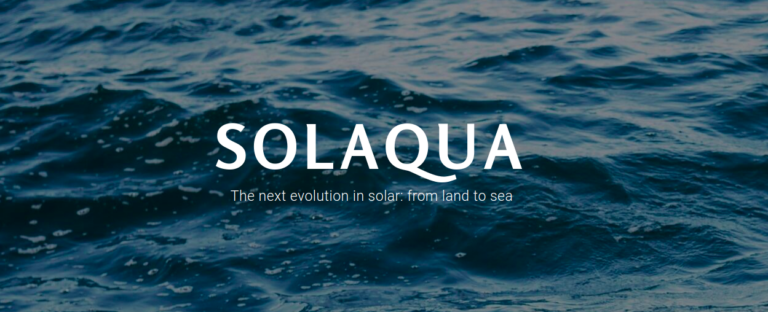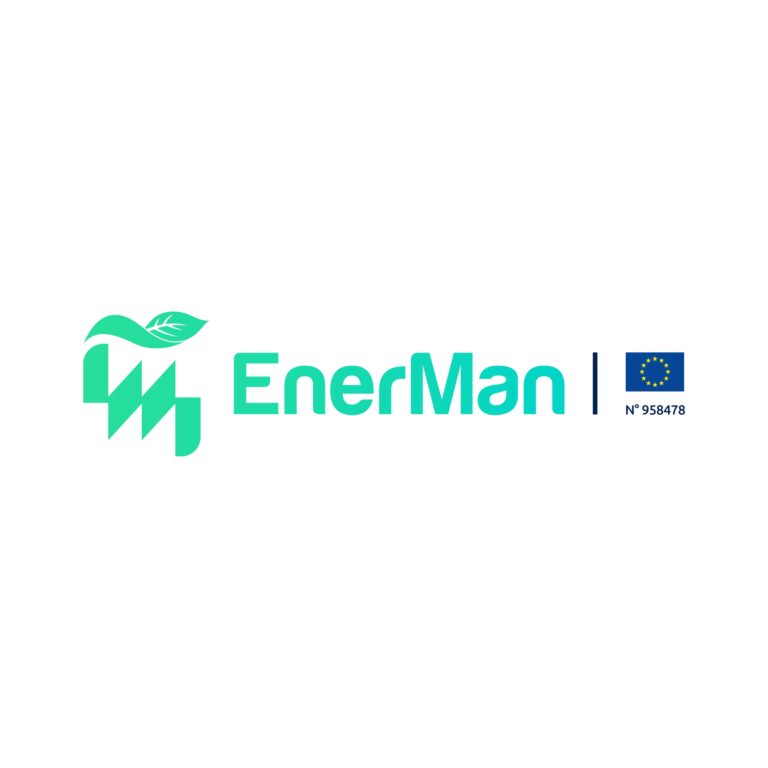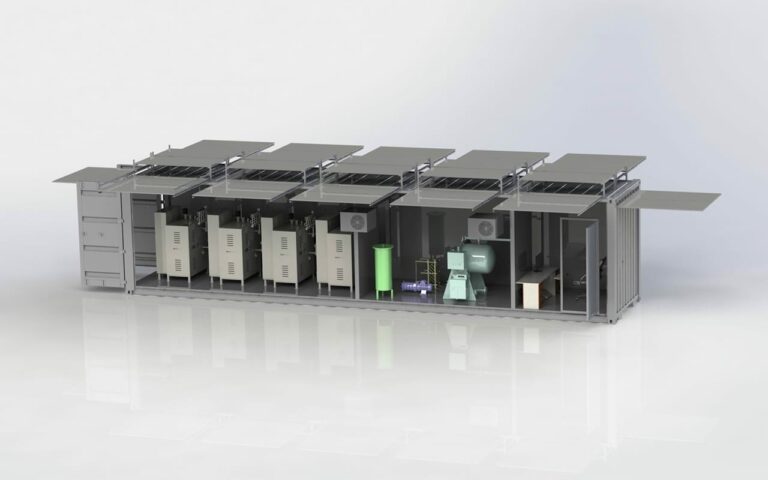Carbon Management – An Overview
Introduction
Climate change and its consequences are a central issue at this time. Whether we are talking about direct impacts that have already been felt, such as forest fires in Australia in 2019 or in Canada recently, droughts and torrential floods; or about the political-technical component: debates about the expansion of renewable energy, the future role of nuclear power and last-generation road blockades.
Often, the news is more about politicizing and generating clicks for their own articles than discussing proposed solutions neutrally. And so, the emotionally driven mainstream debates focus on just a few core technological areas: driving, heating, and solar systems – to name the most prominent.
The actual depth of technological development goes much further. In our fourth edition of The-Energy-Newsletter with Hannes Vogel, we want to address the topic of carbon management. Hannes works as consultant at Strategic Minds Company GmbH and as scientific officer at the think tank Clean Energy Forum GmbH.
What is the Motivation behind the Topic of Carbon Management?
The central motivation is to manage the CO2 causing climate change. On one hand, we need to emit less CO2. To achieve this, we need renewable energies and must further expand them.
However, the latest IPCC scenarios suggest that this will not be enough. For example, China and India will still ramp-up their number of coal power plants in the next decades. And the Russian war against Ukraine slowed down the phase-out of coal in Europe as well. Thus, there will be additional emitters for some time to come. Moreover, some industries such as the production of concrete lead to unavoidable process emissions. Carbon Management aims to reduce these CO2 emissions and – in the long run – to establish a fully circular carbon economy. At Clean Energy Forum, we published a study on the current state and challenges of Carbon Management.
What are the basics of Carbon Management?
Depending on how the CO2 is handled, we distinguish between different sub-terms:
Carbon Capture and Utilization (CCU) covers all forms of use of CO2 as a raw material, whether in the production of commodity chemicals, eFuels or building materials. The carbon footprint varies from product to product – depending on the CO2 storage period and life cycle. CCU can be an important step towards a circular economy.
Carbon capture and storage (CCS), also known as CO2 sequestration, involves the conversion and storage of CO2 in short-term storage facilities such as soil, wood or biochar and in long-term storage facilities such as sediments, minerals and geological underground storage facilities.
Carbon Dioxide Removal (CDR) refers to the long-term removal of CO2 from the atmosphere. These processes correspond to negative CO2 emissions and might be able to partially reverse climate change effects in the future. Direct air capture processes or biogenic sources can be used for CDR.
What is the Situation in Germany?
Right now, the German government is developing the carbon management strategy – e.g. by involving representatives from industry and civil society in stakeholder roundtables. Right now, the Kohlendioxidspeichergesetz of 2012, a law on carbon management, has basically banned any form of carbon capture and storage. The new strategy is expected to be much more technology-friendly.
According to acatec (Academy of Technical Sciences in Germany), Germany has a total storage potential of approximately 12 billion tons of CO2, in the North Sea, natural gas fields, and saline aquifiers. This is 17 times as large as Germany’s total carbon dioxide emission in 2022. For comparison, due to its long-time natural oil production, Norway has approximately seven times the storage potential.
What does Carbon Capture cost?
The final costs differ depending on their technology readiness level (many techniques are still in the early development phase), and whether we are talking about point-source capture or direct air capture.
Point-source capture technologies directly capture CO2 produced at industry plants before being emitted to the atmosphere in the first place. For example, in the steel, cement, or paper industries, process emissions occur which cannot be avoided. There, a variety of point-source capture technologies is already in use – while others are still in development. The costs vary significantly from application to application. A typical industry benchmark is $100 per ton captured CO2.
Direct Air Capture aims to bring back CO2 from the atmosphere. It is still at an earlier stage of development and did not reach large-scale industry application, yet. To become competitive, the $100 benchmark must be matched. Leading Direct Air Capture companies include Climeworks, Global Thermostat, and Carbon Engineering.
Whom to Contact?
Are you feeling inspired by this exciting idea and eager to explore more? Reach out to Hannes Vogel on Linkedin for a delightful discussion.
For more inspiration, simply visit Strategic Minds Company at https://www.strategic-minds.eu/ or on Linkedin, and also check out the Clean Energy Forum at https://www.clean-energy-forum.org/en/.
For For further reading, Have a look at the study on the current state and challenges of Carbon Management [in German].






